To keep your HVAC system running in extreme cold, schedule regular maintenance, insulate pipes, and use a smart thermostat for efficient heating. Clearing snow from outdoor units and ensuring proper airflow prevents system strain and freezing issues.
A well-maintained HVAC system ensures consistent heating, energy efficiency, and reduced wear and tear during extreme winter conditions. Proper insulation, thermostat management, and regular maintenance can prevent breakdowns and costly repairs.
How Cold Weather Affects Your HVAC System
Extreme cold can put a significant strain on your HVAC system, leading to inefficiencies, higher energy consumption, and potential damage.
Common HVAC Problems in Cold Weather
- Frozen pipes and coils: Water inside pipes and evaporator coils can freeze, blocking airflow and causing system failures.
- Reduced airflow: Snow, ice, or debris can block vents and outdoor units, reducing heating efficiency.
- Higher energy consumption: The system works harder to maintain indoor temperatures, leading to increased utility costs.
- Carbon monoxide risks: Blocked furnace vents can trap dangerous gases inside your home.
Why Your HVAC System Struggles in Extreme Cold
- Icy conditions restrict air intake and exhaust, making it harder for the system to function efficiently.
- Old or poorly maintained units may not be designed for extreme temperatures, increasing the risk of breakdowns.
- Improper thermostat settings can force your system to work harder than necessary, leading to overheating or short cycling.
Essential Tips to Keep Your HVAC Running in Cold Weather
Regular Maintenance is Key
A well-maintained HVAC system is less likely to fail in extreme cold. Simple preventive measures can make a big difference.
- Replace air filters regularly to maintain airflow and efficiency.
- Schedule a professional tune-up before winter to inspect heating components.
- Check for leaks and cracks in ductwork to prevent heat loss.
- Lubricate moving parts to reduce wear and tear on mechanical components.
Protect Outdoor Units from Ice and Snow
Outdoor components, such as heat pumps and AC condensers, can become damaged by ice buildup or snow accumulation.
- Keep snow and debris cleared from around outdoor units.
- Install weatherproof covers to protect sensitive HVAC components.
- Avoid blocking vents or exhaust pipes, which can lead to dangerous carbon monoxide buildup.
Insulate and Seal Your Home Properly
An insulated home reduces the load on your HVAC system by preventing heat loss.
- Seal gaps and cracks in windows, doors, and walls to stop drafts.
- Use thermal curtains to keep cold air from seeping in.
- Insulate exposed pipes and ducts to prevent freezing.
Use Smart Thermostat Settings
Improper thermostat use can cause unnecessary strain on your system.
- Set the thermostat to a consistent temperature (ideally 68°F to 70°F for efficiency).
- Avoid extreme temperature changes, as frequent adjustments increase energy consumption.
- Use programmable thermostats to automatically adjust heating when you’re away.
Keep Vents and Ducts Clear
Blocked vents can trap warm air, causing pressure imbalances and system inefficiencies.
- Ensure all vents are open and unblocked to maintain steady airflow.
- Vacuum and clean air ducts regularly to remove dust buildup.
- Rearrange furniture or decorations that might be obstructing airflow.
How to Prevent HVAC Breakdowns in Freezing Temperatures
Use a Backup Heat Source
If temperatures drop below freezing, having a supplemental heat source can help reduce strain on your HVAC system.
- Space heaters can provide extra warmth in critical areas.
- Fireplaces can supplement heating and reduce HVAC workload.
- Generators ensure your heating stays on during power outages.
Protect Your System from Frozen Pipes
Frozen HVAC components can cause system malfunctions and expensive repairs.
- Keep cabinet doors open to allow warm air to circulate around pipes.
- Let faucets drip slightly to prevent water from freezing inside pipes.
- Insulate exposed pipes and HVAC components to retain heat.
Schedule Professional Inspections
- Regular checkups identify potential issues before they lead to breakdowns.
- Technicians can inspect and optimize heating components for peak performance.
- HVAC experts can winterize your system for long-term efficiency.
Common HVAC Myths About Cold Weather
You Should Cover Your Outdoor AC Unit in Winter
- Covering your unit traps moisture, leading to rust and coil damage.
- Instead, use a breathable mesh cover that protects against debris while allowing airflow.
Turning Up the Heat Warms Your Home Faster
- Raising the thermostat above the desired temperature doesn’t speed up heating—it only wastes energy.
- Instead, use consistent settings to maintain stable indoor temperatures.
Closing Vents in Unused Rooms Saves Energy
- Closing vents can increase pressure in the duct system, causing inefficiencies.
- Instead, adjust dampers or use zoned heating for better energy distribution.
Future HVAC Innovations for Cold Weather
Smart HVAC Technology
- AI-powered thermostats learn usage patterns and adjust heat accordingly.
- IoT-connected HVAC systems provide real-time diagnostics and efficiency tracking.
Advanced Heating Solutions
- Cold-climate heat pumps work even in sub-zero temperatures, using inverter technology.
- Geothermal heating systems leverage underground heat for consistent warmth.
Eco-Friendly Heating Systems
- Solar-assisted heating helps reduce reliance on fossil fuels.
- Energy-efficient furnace models offer lower emissions and better performance.
Final Thoughts
Keeping your HVAC system running smoothly in extreme cold requires preventive maintenance, insulation, and proper thermostat settings. Clearing snow from outdoor units, sealing air leaks, and scheduling professional checkups can significantly enhance performance and energy efficiency.










